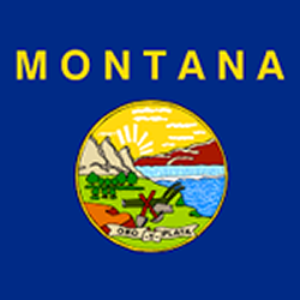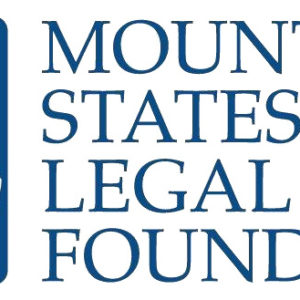Since 1994, Yellowstone County and the City of Billings have been giving businesses a boost to start and to grow, through two different tax abatement programs. Originally, local businesses that received the benefit of those programs invested a grand total of $468,784,880 and in 2019 paid out $153,769,851 in salaries.
The fact that refineries, Phillips 66 and CHS, were among the 18 businesses approved for the abatement programs distorts somewhat the true impact of just the average size businesses. Factoring out those two investments, the remaining 16 businesses still invested a total of $70,971,703 and supported total payrolls of $45,997,078.
Total tax savings for all the participants was $3,823,817. Factoring out the refineries the tax savings were $234,629.
The data was presented this week to Yellowstone County Commissioners by Patrick Klugman, Senior Project Manager, Community Development with Big Sky Economic Development.
The benefit of the programs is that they spawn economic growth in helping to entice new businesses and helping existing businesses to expand. Even with the tax breaks the businesses receive on new investment the dynamics of the economic process most often means the businesses wind up generating more in property tax revenues because of increasing property values and continued growth.
As a case in point, Klugman explained that one business whose program has expired – Motor Power Equipment — made a capital investment of $2,530,00, which had a beginning market value of $1,900,000 but ended up with a market value of $5,400,00, which means the property increased in value $3,500,000. So while their beginning general tax bill was $42,555, they ended up with a tax bill in 2019 of $75,319 – an increase in tax revenue for local government of $32,764.
Under the tax abatement program and the final year of eligibility in 2018, the company saved $1,950 in property taxes, while paying out $4,630,992 in salaries. Now, of course their annual payroll continues and they are paying the full tax bill.
Other businesses that have expanded under the programs include American Steel, Aspen Air, Billings Flying Service, Dalco industries dba Teton Steel, D & M Enterprises (Auto Trim Design), Heights Eyecare, Home2Suites by Hilton, Home Science Tools, Jefferson Lines, Mercedes Benz of Billings, Montana Peterbilt, Northwest Scientific, Summit Resource International, Shipton’s Big R, TrueNorth Steel, Woods Powr Grip and Zoot Properties.
The 1988 state legislature launched the programs.
There is a 10-year program and a 5-year program.
The county began offering 10-year program in 1994 and the 5-year program in 2002. The city began offering both programs in 2005.
The 10-year program requires that 50 percent of the company’s revenues are generated from out of the state.
The five year program allows tax reductions on remodeling, reconstruction, and/or expansion of existing real property when a project makes improvements exceeding $500,000 to the property. Property taxes on the value of the value of improvements may be reduced by 100 percent for the first five years, after which property returns to its full taxable value.
The 10-year program, called the New & Expanding Industry Tax Incentive Program, allows the taxable value of the real property to be reduced by 50% in the first 5 years. In years 6-10, the tax obligation incrementally increases by 10 percent a year and the savings decreases until the full 100% liability is required and the abatement expires in year 10. The 2017, the state legislature altered the program to allow local government discretion to reduce taxes by 50 percent or by 75 percent with an incremental 15 percent increase over the last five years.


